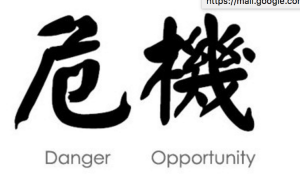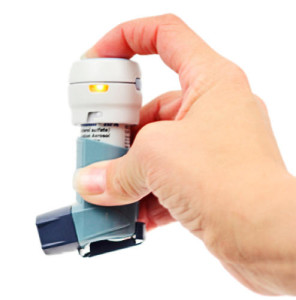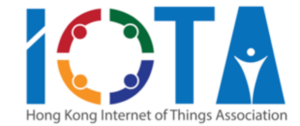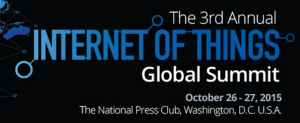The only issue Clinton and Trump can agree on is the need for massive improvements to the nation’s crumbling infrastructure, especially its roads and bridges. But, please, let’s make it more than concrete and steel.
Let’s make it smart, and let’s make it the top priority for the IoT because of the trickle-down effects it will have on everything else in our economy.
Global economist Jeffrey Sachs stated the case eloquently in a recent Boston Globe op-ed, “Sustainable infrastructure after the Automobile Age,” in which he argued that the infrastructure (including not only highways and bridges but also water systems, waste treatment, and the electric grid) shaped by the automotive age has run its course, and must be replaced by one “in line with new needs, especially climate safety, and new opportunities, especially ubiquitous online information and smart machines.”
I’m currently reading Carlo Ratti and Matthew Claudel’s The City of Tomorrow: Sensors, Networks, and the Future of Urban Life, which makes the same argument: “The answer to urban expansion and diffusion — and the host of social consequences that they bring — may be to optimize, rather than increase, transportation infrastructure.”
The IoT is perfectly suited to the needs of a new information-based infrastructure, especially one which must balance promoting the economy and mobility with drastic reductions in greenhouse gasses (transportation produces approximately a third of the U.S.’s emissions). It can both improve maintenance (especially for bridges) through built-in sensors that constantly monitor conditions and can give advance warning in time to do less-costly and less-disruptive predictive maintenance, and reduce congestion by providing real-time information on current congestion so that real-time alterations to signals, etc., can be made rather than depending on outmoded fixed-interval stoplights, etc.
Sachs points out that infrastructure spending as a percentage of GDP has fallen since the Reagan years, and that it will require much more spending to bring it up to date.
A good place to look for a model is China. The country already sports the largest concentration of M2M connections in the world: “74 million connections at the end of 2014, representing almost a third of the global base,” much of that in the form of smart bridges, smart rails, and smart grid, and critical because of the country’s rapid economic growth (Ratti cites a Beijing traffic jam that immobilized cars for an astounding 12 days!). Similarly, the government aims to have 95% of homes equipt with smart meters by next year.The country has used its investment in smart infrastructure to build its overall IoT industry’s ability to compete globally.
Sachs argues for a long-term smart infrastructure initiative:
“I propose that we envision the kind of built environment we want for the next 60 years. With a shared vision of America’s infrastructure goals, actually designing and building the new transport, energy, communications, and water systems will surely require at least a generation, just as the Interstate Highway System did a half-century ago.”
He says we need a plan based on three priorities to cope with our current national and global challenges:
“We should seek an infrastructure that abides by the triple bottom line of sustainable development. That is, the networks of roads, power, water, and communications should support economic prosperity, social fairness, and environmental sustainability. The triple bottom line will in turn push us to adopt three guiding principles.
First, the infrastructure should be “smart,” deploying state-of-the-art information and communications technologies and new nanotechnologies to achieve a high efficiency of resource use.
Second, the infrastructure should be shared and accessible to all, whether as shared vehicles, open-access broadband in public areas, or shared green spaces in cities.
Third, transport infrastructure should promote public health and environmental safety. The new transport systems should not only shift to electrical vehicles and other zero-emission vehicles, but should also promote much more walking, bicycling, and public transport use. Power generation should shift decisively to zero-carbon primary energy sources such as wind, solar, hydro, and nuclear power. The built environment should be resilient to rising ocean levels, higher temperatures, more intense heat waves, and more extreme storms.”
The IoT, particularly because of its ability to let us share real-time data that in turn can regulate the infrastructure, is ideally suited to this challenge. It’s time for Congress to not only spend on infrastructure but to do so wisely.
The result will be not only the infrastructure we need, but also a more robust IoT industry in general.






